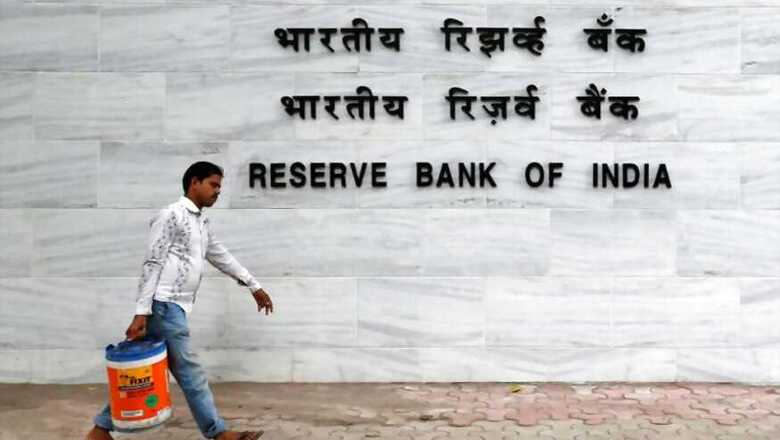
views
Mumbai: In order to absorb the surge in liquidity in banking system following demonetisation of high value notes, the Reserve Bank of India (RBI) introduced an incremental Cash Reserve Ratio (CRR) of 100 per cent for the fortnight beginning on Saturday.
CRR is the portion of the deposits which banks are required to park to the RBI. Currently it is at 4 per cent. As per the RBI guidelines, "on the increase in NDTL (net demand and time liabilities) between September 16 and November 11 scheduled banks shall maintain an incremental CRR of 100 per cent, effective the fortnight beginning November 26, 2016."
As per the estimates, this could be Rs 3.5 lakh crore. RBI said it will review the decision on December 9 or earlier as the incremental CRR is intended to be a temporary measure within RBIs liquidity management framework to drain excess liquidity in the system. The regular CRR would however continue to be at 4 per cent.
With the withdrawal of the legal tender status of Rs 500 and Rs 1,000 denomination bank notes beginning November 9, 2016, there has been a surge in deposits relative to the the system, it said.
RBI also observed that the magnitude of surplus liquidity available with the banking system is expected to increase further in the fortnights ahead.
"In view of this, it has been decided to absorb a part of this surplus liquidity by applying an incremental cash reserve ratio (CRR) as a purely temporary measure," it said.
This is intended to absorb a part of the surplus liquidity arising from the return of now defunct Rs 500/1000 notes to the banking system, while leaving adequate liquidity with banks to meet the credit needs of the productive sectors of the economy, it said.
RBI has separately revived the Guarantee Scheme to enable deposit of Rs 500/1000 balances at the RBI or at currency chests and get immediate value, it said.
This measure should also facilitate banks compliance with the incremental CRR, it added.
The central bank said in view of the problem of mounting deposits it has decided to revive the Guarantee Scheme wherein banks can deposit the notes directly with the offices of RBI under whose jurisdiction they are located.
The notes will remain in the vaults of RBI, under the lock and key of the depositing banks till taken up for examination.


















Comments
0 comment